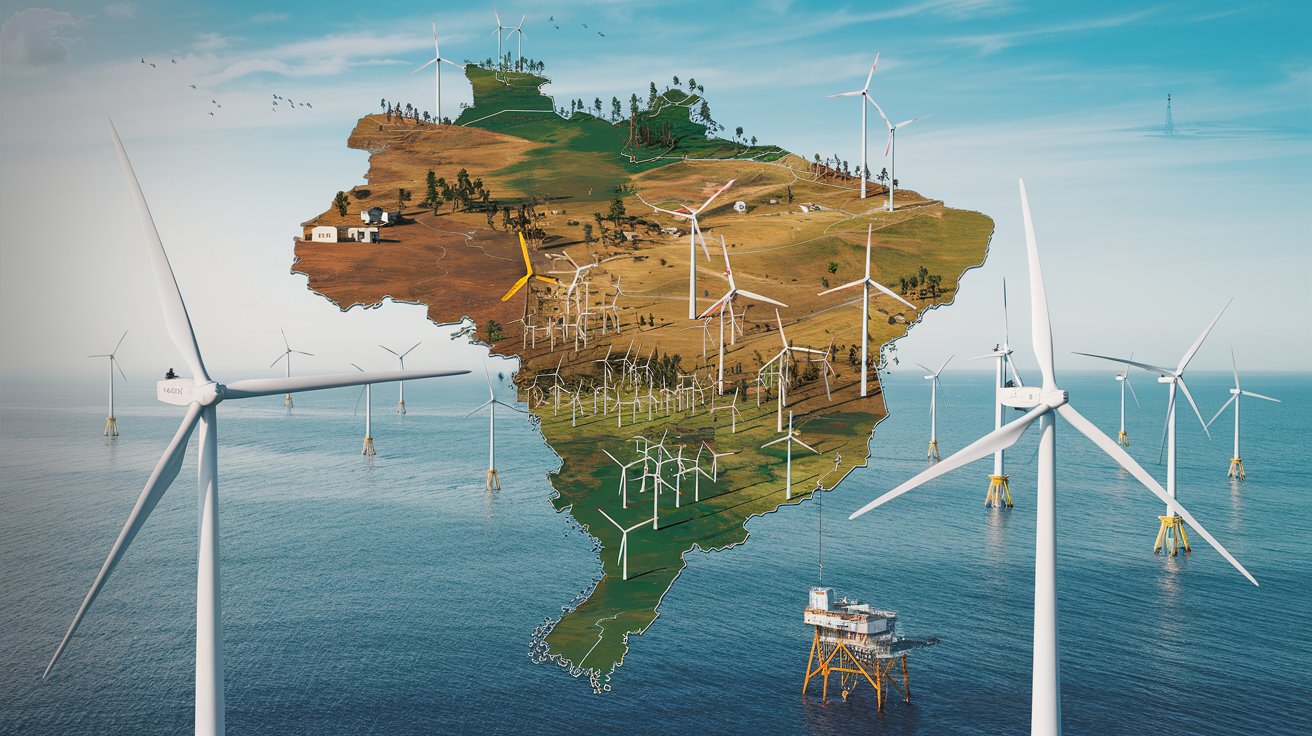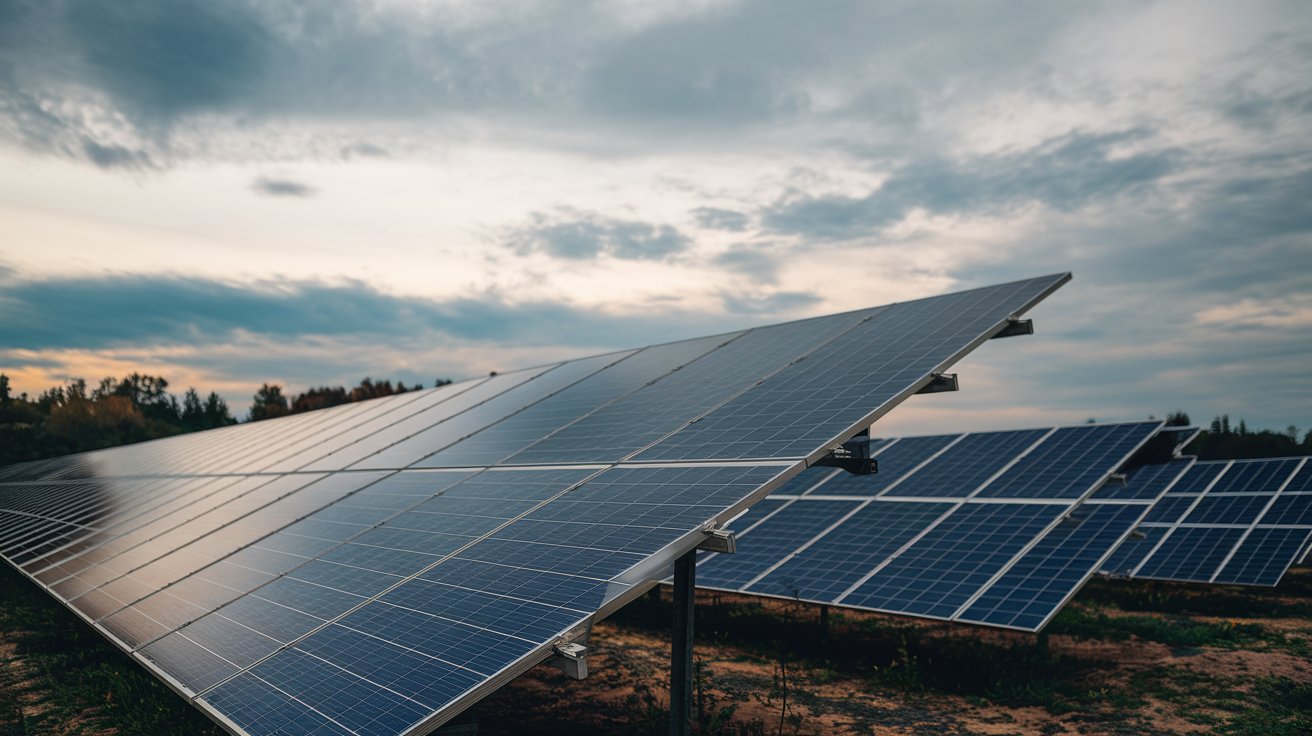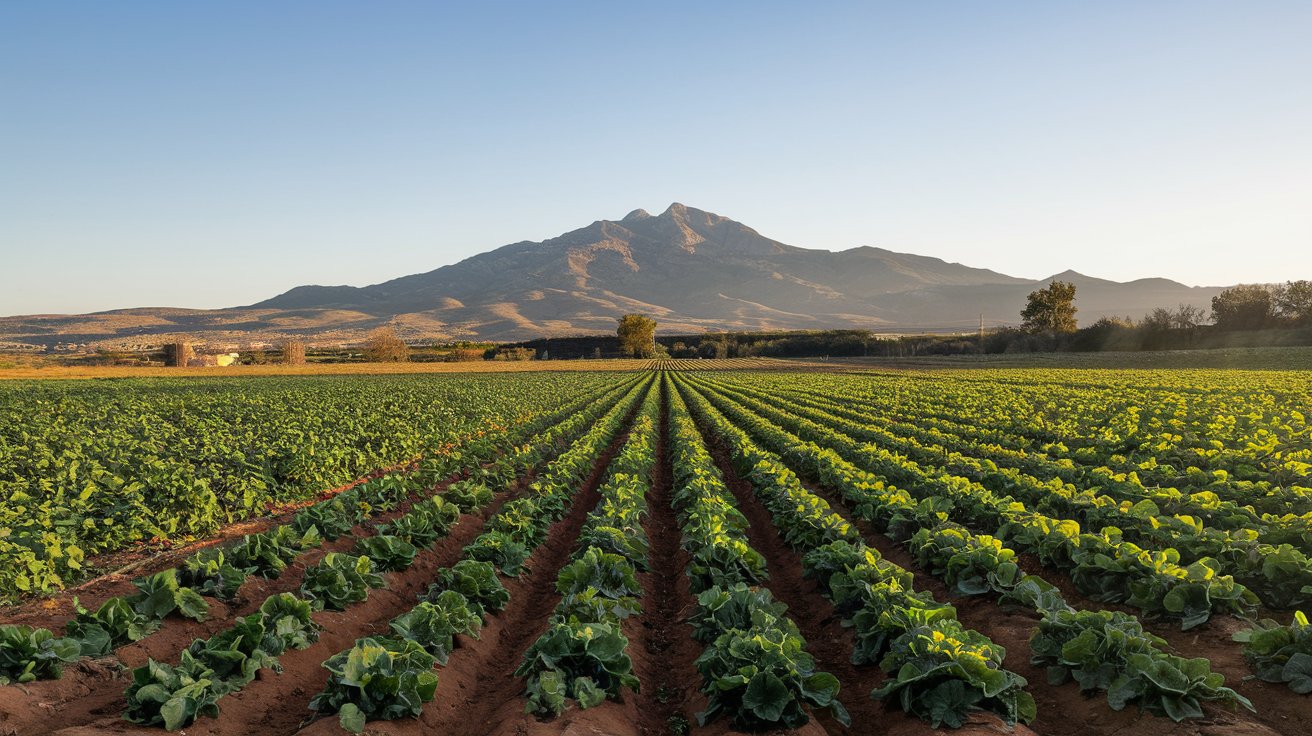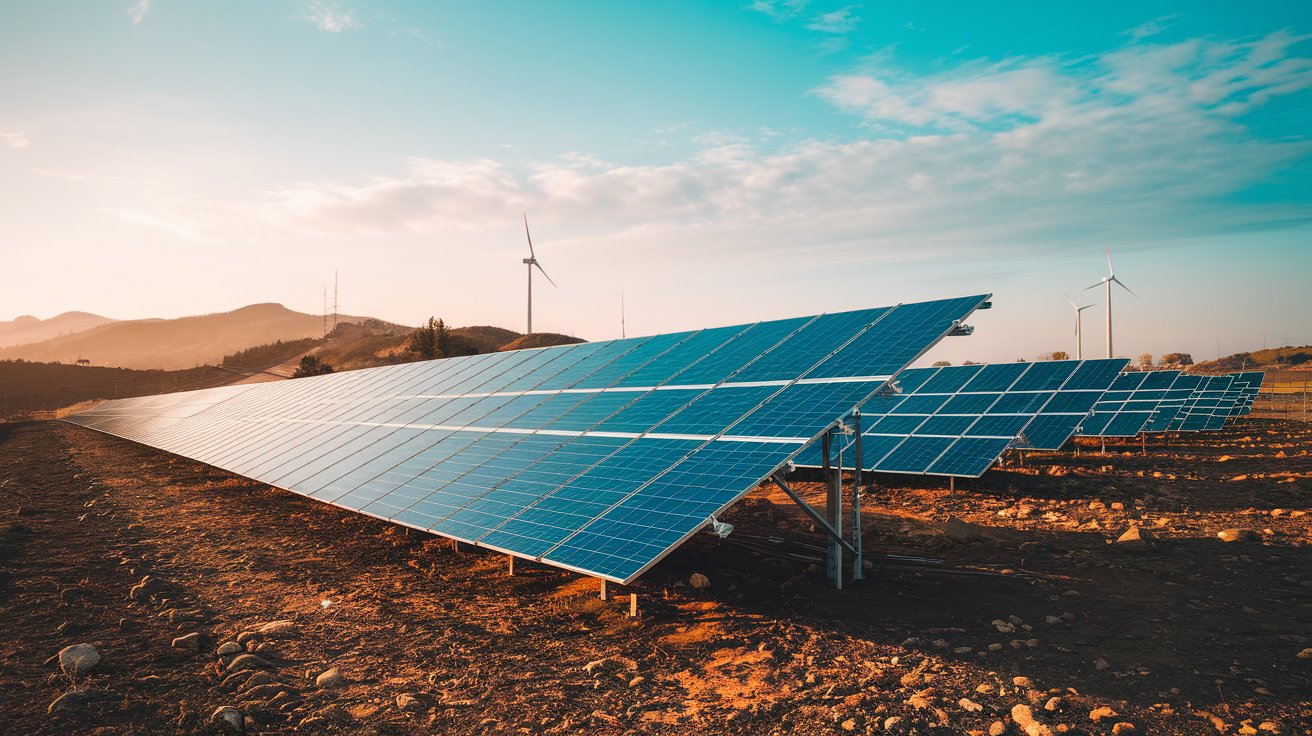If you still don’t know what wind energy or Wind Power is, it’s simple to understand: it’s a type of energy generated through the force of the winds that move turbines, transforming mechanical energy into electrical energy.
The expansion of this energy source arose in the context of the need to diversify the Brazilian electricity matrix, considering Brazil’s dependence on hydroelectric plants.
During times of water crisis, a warning signal goes off in the country, and it is necessary to resort to thermoelectric plants to supply the population. However, they are highly polluting, which is why wind power emerges as an alternative that also contributes to the environment.
Considering the importance of wind energy, we will explain what it is, how the energy is generated, the advantages and disadvantages, and also how to buy energy generated through this source.
What is wind energy?
Wind energy is a type of energy obtained from the force of the wind. It is considered 100% clean, as it does not pollute the environment during the energy generation process, and renewable, as it is an inexhaustible resource.
According to data from the National Electric Energy Agency (ANEEL), relating to the first six months of 2023, the country’s electricity matrix reached 193.9 gigawatts (GW) of installed generation capacity, which is obtained by the work of the following plants in operation:
- 52.74% hydroelectric plants (UHEs)
- 24.48% thermoelectric plants (UTEs)
- 13.44% wind farms (WFPs)
- 4.93% photovoltaic generating plants (UFVs)
- 2.95% small hydroelectric plants (PCHs)
- 1.02% thermonuclear power plants (UTNs)
- 0.44% hydroelectric generating plants (HGPPs)
This means that today, wind energy in Brazil is already the third-largest source of energy.
Furthermore, wind power is considered an alternative source, as is solar energy biomass and small hydroelectric plants, as it complements the country’s energy generation system and reduces dependence on hydroelectric plants.
This is especially important because, in periods of water scarcity, reservoir levels are lower, so it is necessary to resort to other energy sources to guarantee supply for the entire country.
How is wind energy generated?
Wind energy is generated from the kinetic energy of the wind that moves the blades and activates the wind turbines. This movement generates mechanical energy, which is transformed into electrical energy through electromagnetic induction that occurs in a generator.
Turbines are installed in higher regions to capture as much wind as possible. Wind farms, as a set of wind turbines is called, can be created either onshore or offshore.
In Brazil, the region with the largest concentration of wind power production is the NNortheast As of February 2023, the country had 890 wind farms, spread across 12 states, 85% of which are in the Northeast, mainly because the natural conditions are favorable for generation.
What are the types of wind energy?
The types of wind energy are onshore and offshore. Offshore energy is generated in wind farms located in the sea. The advantage is that the wind reaches a higher and constant speed, as there are no physical barriers in the ocean, which favors its use for energy generation.
Onshore energy is generated on land. One difference is that, in this type of generation, the blades of the wind turbines are smaller to ensure that the park’s infrastructure is safe and protected.
Which Brazilian states generate the most wind energy?
The Brazilian states that generate the most wind energy are Piauí, Bahia, Rio Grande do Norte, Maranhão, Paraíba, and Rio Grande do Sul, as they are home to the 10 largest wind farms in Brazil. The highlight is Piauí, which has four wind farms in its territory. See the list of wind farms:
- Lagoon of the Winds, in Piauí;
- Campo Largo, in Bahia;
- Chui, in Rio Grande do Sul;
- Oitis, in Piauí and Bahia;
- Wind River, in Rio Grande do Norte;
- Fountain, in Paraíba;
- Piauí Plateau, in Piauí;
- Upper Sertão, in Bahia;
- Maranhão Delta, in Maranhão;
- Winds from São Roque, in Piauí.
Wind energy: advantages and disadvantages
Advantages:
- It is clean energy, as it does not emit pollutants into the atmosphere during the energy generation process.
- Its source is an inexhaustible resource and, therefore, it is a renewable energy.
- Provides a reduction in dependence on fossil fuels
- Allows for a reduction in greenhouse gas emissions
- Generates jobs in the regions where wind farms are installed
Disadvantages:
- The wind is very irregular, so power generation can often be unpredictable.
- The equipment has a significant cost.
- A large wind farm needs to be created to accommodate the wind turbines
- A great visual and sound impact is generated for those who live in the surrounding area.
- Wind turbines can affect the migratory movement of birds
Regarding the advantages mentioned, the main benefit is the environmental contribution, since no polluting gas is emitted in the process and an inexhaustible source is used.
Furthermore, there is a reduction in dependence on fossil fuels, as today thermoelectric plants are activated when hydroelectric plants have low reservoir levels.
These plants burn fossil fuels such as oil, coal, and natural gas to produce energy, a process that releases a lot of CO2 into the atmosphere.
Considering that today wind farms are the third largest source of energy in the country, they are even more relevant considering the reduction of dependence on such polluting plants.
On the other hand, considering the disadvantages. The wind is very irregular, so it will not always be possible to generate energy when needed.
Therefore, the energy generated by winds can be considered a type of “complementary” energy, at least for now.
In addition, there is also the issue of equipment costs. This makes implementation difficult, as well as the need to find large areas with a lot of wind for the wind turbines to be installed. Which is not a very simple task.
To read More Informative Content Related to Science Subscribe to Us. Thank You!





